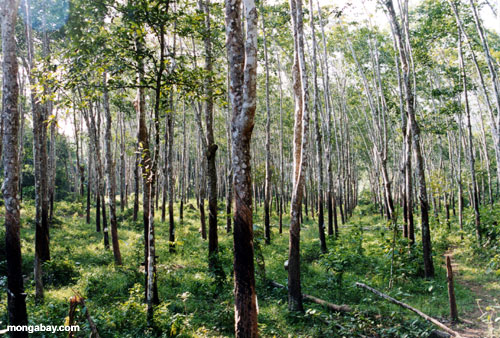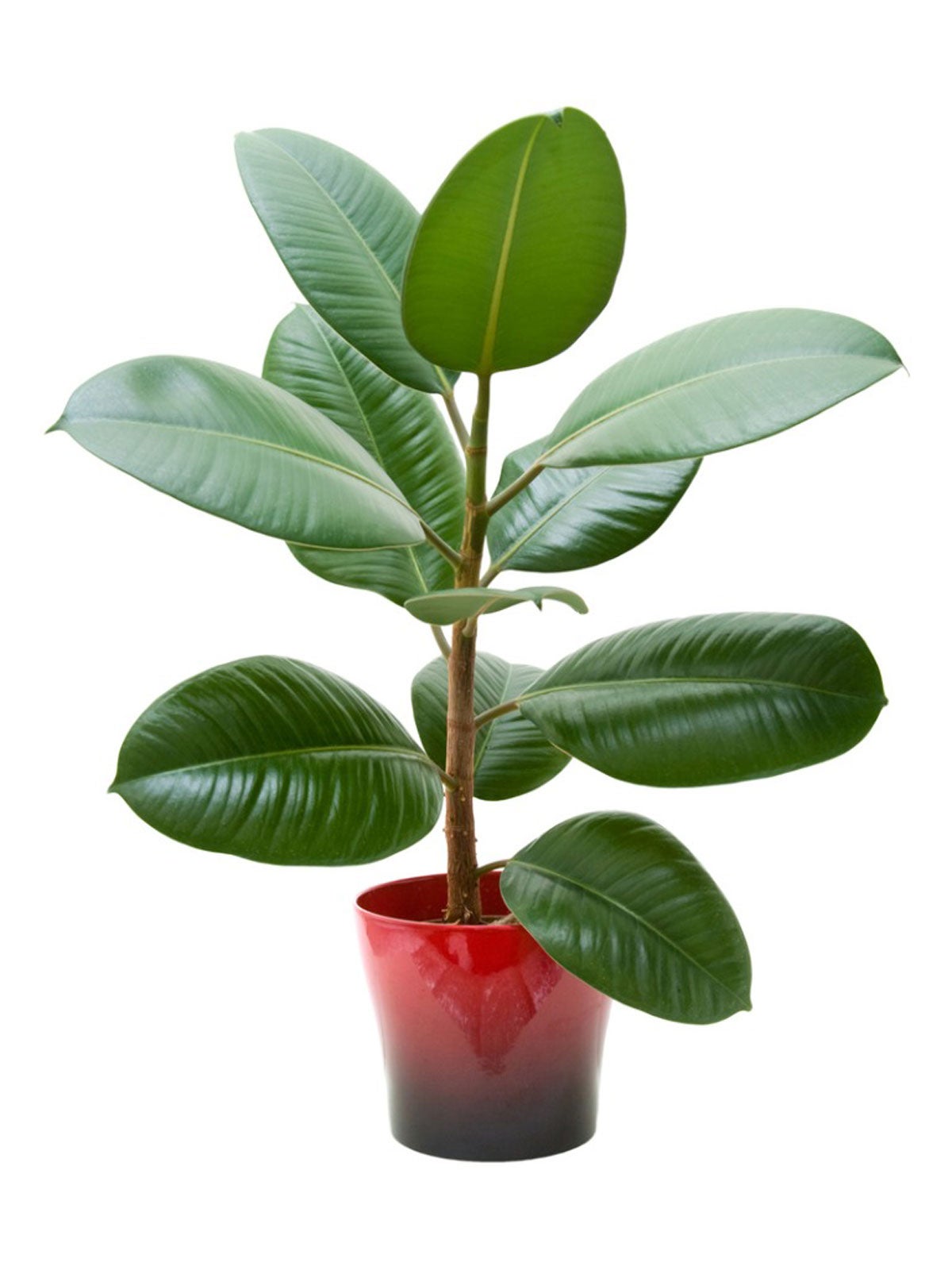Characteristics Of Rubber Plantation

The tropical plantation is one of the world s oldest systems of commercial agriculture.
Characteristics of rubber plantation. Types of polyisoprene that are used as natural rubbers are classified as elastomers. Hevea brasiliensis the pará rubber tree sharinga tree seringueira or most commonly the rubber tree or rubber plant is a flowering plant belonging to the spurge family euphorbiaceae it is the most economically important member of the genus hevea because the milky latex extracted from the tree is the primary source of natural rubber. The measurements were carried out in a 725 ha brevi deciduous rubber plantation in kampong cham province 286. The rubber plantation study site located in a low elevation low relief area along the mekong river was selected because of its suitability for investigating one dimensional water budgets.
Rubberwood is a light colored medium density tropical hardwood obtained from the pará rubber tree hevea brasiliensis usually from trees grown in rubber plantations. In an initial analysis conducted in xishuangbanna prefecture in southern china guardiola claramonte et al. And a large area of bark. Rubber tree hevea brasiliensis south american tropical tree of the spurge family euphorbiaceae.
Rubberwood is commonly advertised as an environmentally friendly wood as it makes use of plantation trees that have already served a useful function. However hevea brasiliensis is the most commercially cultivated rubber plant. Estate farming is an outstanding feature of plantation agriculture. Among the most important crops found on plantations are cotton sugarcane coffee rubber and tobacco.
Protectionist policies and natural comparative advantage have sometimes contributed to determining where plantations are located. It is therefore one of the best examples of an export oriented system. A plantation is a large scale estate meant for farming that specializes in cash crops the crops that are grown include cotton coffee tea cocoa sugar cane opium sisal oil seeds oil palms fruits rubber trees and forest trees. Natural rubber also called india rubber latex amazonian rubber caucho or caoutchouc as initially produced consists of polymers of the organic compound isoprene with minor impurities of other organic compounds plus water thailand and indonesia are two of the leading rubber producers.
Introduction of rubber basically rubber is an elastic solid material retrieved from latex of many tropical trees. Cultivated on plantations in the tropics and subtropics especially in southeast asia and western africa it replaced the rubber plant in the early 20th century as the chief source of natural rubber it has soft wood. Understanding the hydrological characteristics of rubber plantations is crucial for their sustainable management. Since 1500 ad the products from over a dozen tropical crops have been in constant demand by people in the temperate regions.
Some of the main plantation crops are rubber oil palm cotton and copra.















































